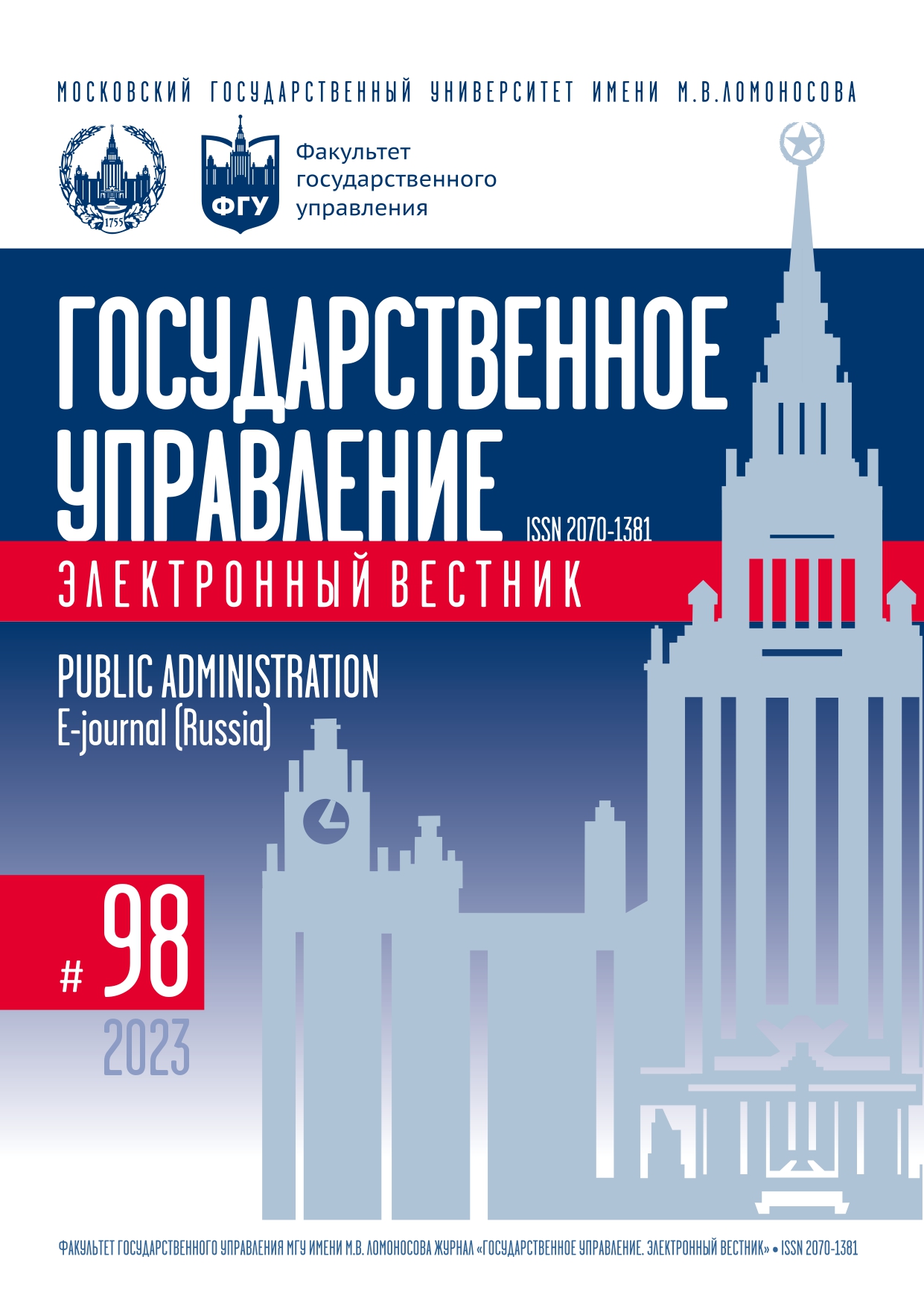Preventive Restructuring Toolkit for Business Bankruptcy Prevention
Keywords:
Insolvency (bankruptcy) prevention, preventive restructuring, prepackaged bankruptcy, distressed business rescue, nformal workouts, out-of-court and hybrid restructuring, mergers and acquisitions of distressed assets (companies), EU Directive on preventive restructuring and second chance, WHOA law of the Netherlands (Dutch WHOA law)Abstract
The presence of effective out-of-court mechanisms for bankruptcy prevention is considered in the paper as a condition for
ensuring business sustainability. The hypothesis confirmed in this study is the statement: preventive restructuring of distressed
business allows the main stakeholders of business insolvency relationships to reduce the time and financial costs of immersion
in full-fledged court bankruptcy proceedings. Preventive restructuring should be carried out within the framework of corporate
governance at the pre-bankruptcy stage. The paper identifies the features of existing forms of restructuring — preventive
(out-of-court and hybrid) and judicial, focuses on the advantages and conditions for preventive restructuring for interested parties,
discloses the main stages of the process. In the study the essential tools of preventive restructuring necessary for inclusion in
the legislation and popularization of the use of this mechanism are identified: approval of the debt restructuring plan before
bankruptcy commencement, introduction of creditors’ classes and cramdown tool, stimulating provisions for new and interim
financing, preservation of management powers for the period of preventive restructuring. The process of institutionalization of
the preventive restructuring mechanism is considered on the example of the understudied experience of the Netherlands, where
the EU Directive was successfully implemented in 2021. As a result of generalization of progressive foreign experience and
current Russian practice of preventive restructuring of distressed companies, the author suggests directions to intensify the use of
preventive mechanisms to avoid business bankruptcies in Russia: legislative consolidation of the hybrid restructuring possibilities
under the court protection; improvement of analytical tools for assessing the state of a distressed business on the bankruptcy eve;
ensuring the availability of information about distressed assets; development of the institute of independent consultants on crisis
management; formation of judicial practice encouraging out-of-court rescue; provision of methodological assistance to participants
in the documents’ preparation; development of a preventive rescue culture in society.
References
Бобылева А.З. Проведение анализа финансового состояния должника в процедурах банкротства: проблемы и решения // Право и экономика. 2017. № 11. С. 26–31.
Бобылева А.З., Львова О.А. Предупреждение банкротства: институциональная поддержка слияний и присоединений проблемных компаний // Проблемы теории и практики управления. 2019. № 7. С. 87–99.
Гохан П.А. Слияния, поглощения и реструктуризация компаний. М.: Альпина Паблишер, 2023.
Львова О.А. Реабилитационный потенциал банкротства бизнеса: определить, измерить, увеличить // ЭКО. 2019. № 6. С. 83–102.
DOI: 10.30680/ECO0131-7652-2019-6-83-102
Львова О.А. Индикаторы оценки результативности системы управления банкротством в России по данным статистических источников // Государственное управление. Электронный вестник. 2021a. № 89. С. 32–51. DOI: 10.24412/2070-1381-2021-89-32-51
Львова О.А. Российский институт банкротства в условиях его правовой трансформации // Актуальные проблемы экономики и права. 2021b. Т. 15. № 2. С. 249–269. DOI: 10.21202/1993-047X.15.2021.2.249-269
Павлова Л.Н. Мировые тенденции корпоративной реструктуризации // Вестник Российского экономического университета им. Г.В. Плеханова. 2020. № 1. С. 5–15. DOI: 10.21686/2413-2829-2020-1-5-15
Altman E.I., Hotchkiss E., Wang W. Corporate Financial Distress, Restructuring, and Bankruptcy: Analyze Leveraged Finance, Distressed Debt, and Bankruptcy. New Jersey: John Wiley & Sons, 2019.
Bowman E.H., Singh H. Corporate Restructuring: Reconfiguring the Firm // Strategic Management Journal. 1993. Vol. 14. Is. 1. Р. 5–14.
Carcea M.C., Ciriaci D., Caballero С.С., Lorenzani D., Pontuch P. Effectiveness of Preventive Insolvency Frameworks in the EU 1 // Turnaround Management and Bankruptcy / ed. by J. Adriaanse, J-P. van der Rest. New York: Routledge, 2017. P. 259–289.
Eckbo B.E., Thorburn K.S. Corporate Restructuring // Foundations and Trends in Finance. 2013. Vol. 7. Is. 3. P. 159–288. DOI: 10.1561/0500000028
Garrido J.M. Out-of-Court Debt Restructuring. Washington, D.C.: World Bank, 2012.
Madaus S.A Role Model for Implementing the Restructuring Directive? The New German Law for Preventive Restructuring Procedures in Germany // Revista General de Insolvencias & Reestructuraciones: Journal of Insolvency & Restructuring (I&R). 2021. № 1. P. 211–220.
McGowan M.A., Andrews A. Insolvency Regimes and Productivity Growth: A Framework for Analysis // OECD Working papers. 2016. ECO/WKP(2016)33. URL: https://www.oecd.org/economy/growth/insolvency-regimes-and-productivity-growth-a-framework-for-analysis.pdf
Rescue of Business in Insolvency Law / ed. by B. Wessels, S. Madaus, G-J. Boon. Vienna: European Law Institute, 2017.
The Insolvency Review / ed. by D.D. Bernstein. London: Law Business Research Ltd., 2018.
The Insolvency Review / ed. by D.D. Bernstein. London: Law Business Research Ltd., 2019.
The Insolvency Review / ed. by D.D. Bernstein. London: Law Business Research Ltd., 2022.
Westbrook L., Booth C.D., Paulus C., Rajak H.A Global View of Business Insolvency Systems. Leiden, Boston: Martinus Nijhoff Publishers, 2010.

